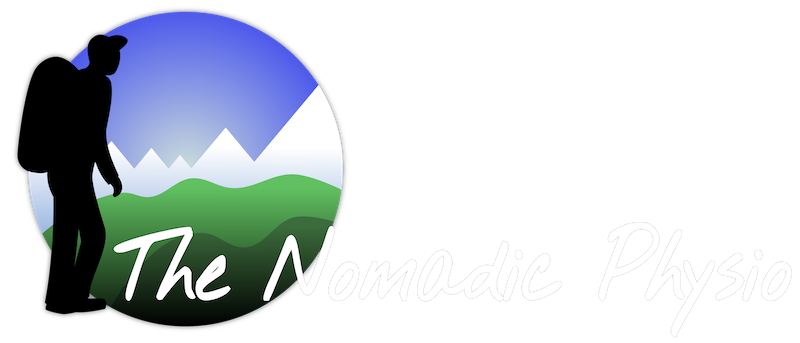I have returned to the land of WiFi. Sorry for the delay, I have just been assisting a group of snowboarders in Kashmir, India, where there is little or no access to wifi, but a lot of access to astounding views and amazing terrain.
But here it is, some advice on meniscal injuries that can occur from skiing or snowboarding. As always, please remember that this is just a generalized guide, everyone is different and requires an individualised rehabilitation program. If you are looking for a consultation or treatment, do not hesitate to get in touch.
Meniscal injuries to the knee:
We have 2 menisci located in each knee complex (a medial and a lateral) on top of the tibial plateau, basically separating the tibia from the femur. They are composed of fibrocartilage and are shaped like a wedge. To think of it practically, the mensci act as shock absorbers that are located within the knee to distribute and absorb the load across the knee during weight bearing. Absorbing the pressure as we ski, snowboard, hike, walk and run. They stop the femur from placing unwanted stress onto the tibial plateau (the superior surface of the tibia). The meniscus also aids as a secondary stabiliser of the knee, it facilitates the movement and gliding of the knee, provides the articular cartilage with nutrition and lubrication, protects the joint margins and it also assists in preventing the hyper-extension of the knee. The medial meniscus usually has an increased rate of injury as it has more limited movement than the lateral meniscus.
With the increased loading coming from absorbing load from skiing and snowboarding, especially via jumping (some people off large cliff faces), cutting and turning, twisting and falling in awkward positions, can result in a traumatic tear to the meniscus on the mountain.
A sheer stress is produced whilst the knee is bent, combined with the compressive forces of the body being loaded onto the tibia (lower leg) that is locked in a fixed position with the ski or snowboard anchored to the ground. The femur (upper leg) then externally rotates. When the knee finally extends again the femur internally rotates which can produce a tear in the meniscus.
Longitudinal tears (bucket handle tear: a torn flap that is still attached to the meniscus, but can produce intermittent locking of the knee due to the flap impinging between the two articular surfaces) or a radial tear are produced.
Usually meniscal tears tend not to cause immediate symptoms (pending on their size), but they start to appear 24-48 hours after the injury. The individual may report a tearing sensation when the injury occurred and may or may not have be able to continue. The knee may become painful, there is increased swelling over a period of 6-24 hours and there is generally a reduction in the range of movement of the knee. It can also be quite uncomfortable for the individual in which the knee may lock or catch spontaneously.
Initial Aims of Treatment:
- Control the swelling (REST: rest, ice, compress, elevate) this is not only important during the first 24-48 hours but also through out the course of the rehabilitation program. If there is any increase in swelling following activities (work or exercise based) then the RICE principle needs to be incorporated.
- Early weight bearing
- Initiate sufficient quadriceps muscle activation
- Increase the range of motion of the knee
- Graded return to strength training program.
- Proprioception training (the ability to feel how the body is positioned in space). Try to think of balance activities.
- Stationary bike training
- Pilates
- Movement retraining and education
- Stretching
- Jumping and agility training (further down the line and is patient specific)
- Surgery may be required if the individual does not respond to conservative treatment or the tear is to large and the knee is continually catching/locking thus producing a significant amount of discomfort to the individual
Please remember that everyone is different and this is just a generalized guide. As always, if you are looking for a consultation or treatment, do not hesitate to get in touch.
Cheers and hope you are having a great winter powder season.
Japow!
The Nomadic Physio
